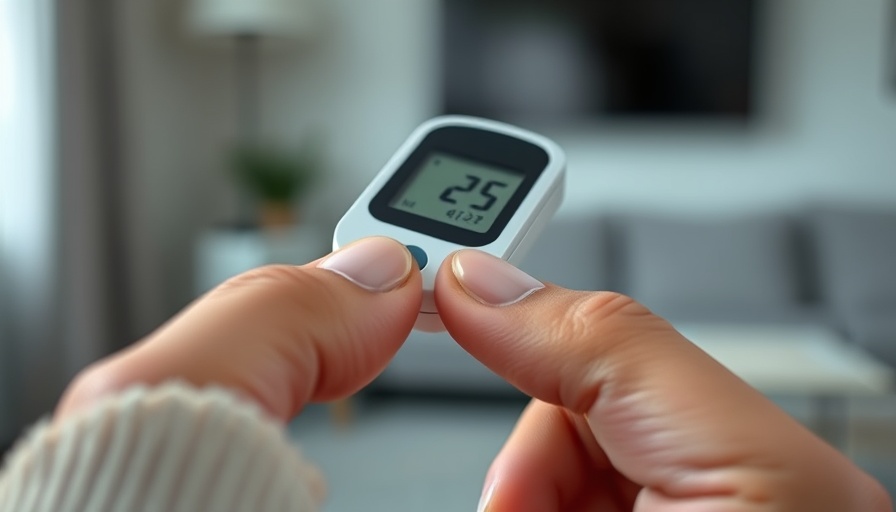
Understanding the Link Between Red Blood Cells and Vascular Damage in Type 2 Diabetes
Recent research has established a significant connection between red blood cells (RBCs) and vascular damage in individuals with type 2 diabetes (T2D). This groundbreaking study sheds light on the underlying mechanisms leading to complications associated with T2D, emphasizing the importance of understanding the biological factors contributing to vascular health.
How Red Blood Cells Impact Vascular Health
Red blood cells are primarily known for their role in transporting oxygen throughout the body. However, studies have suggested that these cells can also influence vascular health significantly. The new research indicates that abnormalities in RBCs may contribute to the endothelial dysfunction characteristic of individuals with T2D. Specifically, RBCs can become more rigid, which impairs their ability to navigate through blood vessels and impacts circulation.
The Prevalence of Type 2 Diabetes and Its Complications
Globally, T2D has reached alarming epidemic proportions, affecting millions of people and leading to serious health complications, including cardiovascular diseases, neuropathy, and kidney failure. According to the World Health Organization, the number of adults living with diabetes has quadrupled since 1980. The urgency to understand the multifaceted nature of T2D is underscored by these statistics; discovering links between RBC function and vascular complications offers a potential pathway for new treatment strategies.
Critiques and Diverse Perspectives on Current Findings
While the findings regarding RBCs and T2D-related vascular damage are promising, they are met with some skepticism in the medical community. Critics argue that further studies are required to understand the full biosocial implications of RBCs on vascular health. They call for an examination of external factors, such as lifestyle choices, environmental conditions, and genetic predispositions, which also play crucial roles in T2D and vascular complications.
Future Implications for Treatment
Understanding the relationship between RBCs and vascular damage can pave the way for innovative therapies aimed at correcting RBC function. Researchers suggest that more effective management of T2D could involve not only controlling blood sugar levels but also addressing these blood cell abnormalities. Interventions that improve RBC flexibility or function may help mitigate vascular complications, thereby enhancing the quality of life for diabetes patients.
Developing a Comprehensive Approach for Diabetes Management
The research findings have sparked discussions among healthcare professionals about adopting a holistic approach to managing T2D. By focusing on improving vascular health through lifestyle changes—such as diet, exercise, and potentially therapeutic innovations that target RBC function—patients may experience better health outcomes. Effective diabetes management should include regular medical check-ups, monitoring blood glucose levels, and a focus on cardiovascular health.
Elevating Awareness and Education Around Type 2 Diabetes
Education about the risks associated with T2D, including its impact on vascular health, is crucial. Public health initiatives can play an instrumental role in raising awareness and promoting proactive health measures. Communities should encourage diabetes screenings and support healthy lifestyle choices to prevent the onset of T2D and associated complications.
In conclusion, as we gather more insights into the complex relationship between RBCs and vascular health in type 2 diabetes, it is imperative to continue exploring innovative approaches in research and treatment strategies. These developments hold the promise of improving the lives of millions affected by this chronic condition.
 Add Row
Add Row  Add
Add 




Write A Comment